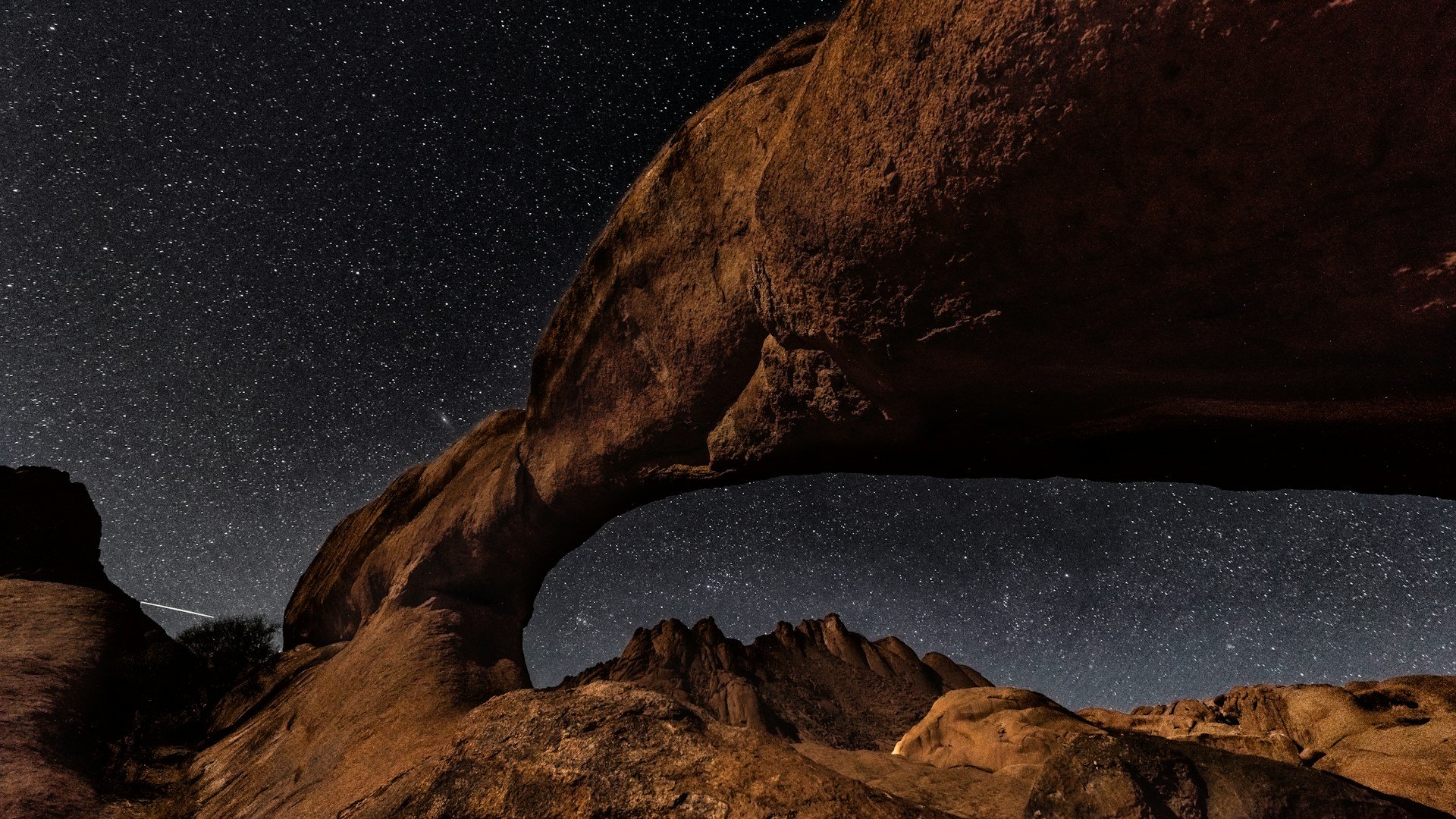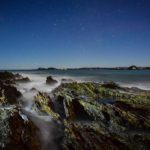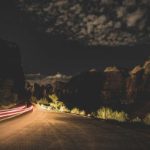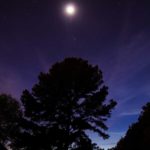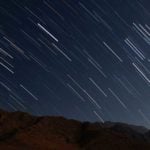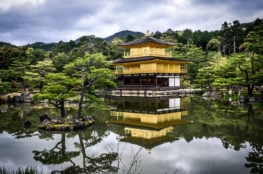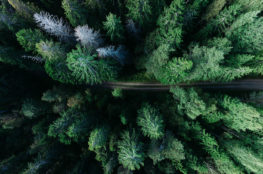I never thought I’d become someone who sets alarms for 3 AM, but here we are. This shot of Delicate Arch with the Milky Way behind it required getting up before dawn, hiking through Arches National Park in complete darkness, and then waiting for hours for the perfect alignment. But when you see the galaxy stretched across the sky like this, framing one of nature’s most iconic formations, every bit of lost sleep becomes worth it.
Night photography has completely changed how I see the world around me. During the day, we’re surrounded by artificial light that washes out the sky and makes us forget what’s actually above us. But get far enough from city lights, wait for the right conditions, and suddenly you’re standing under the same sky that has inspired humans for thousands of years.
The technical side took some getting used to. Long exposures, high ISO settings, manual focus in complete darkness. I spent my first few attempts getting frustrated with blurry stars and noisy images. But once you understand that night photography is as much about patience as it is about camera settings, everything starts to click. You learn to work with the darkness instead of fighting it.
Location scouting during the day is crucial. You need to know exactly where you’re going because stumbling around with a flashlight at midnight isn’t just inconvenient, it’s dangerous. I use apps to track moon phases and the Milky Way’s position, but honestly, some of my best shots have come from unexpected moments when I was already out there for something else entirely.
The waiting is probably the hardest part for most people. You set up your shot, start the long exposure, and then you just sit there in the dark for anywhere from 30 seconds to several minutes. But that forced stillness has become one of my favorite parts of the process. No phone reception, no distractions, just you and the landscape and time to actually think.
I’ve learned that the best night photography happens when you combine celestial events with interesting foreground elements. A sky full of stars is beautiful, but add a striking rock formation, an old barn, or even a lone tree, and suddenly you have a story. The human figure in this arch shot provides scale and reminds viewers that we’re all part of this same cosmic scene.
The gear matters, but not as much as people think. You need a camera that handles high ISO well and a sturdy tripod, but I’ve seen incredible night shots taken with relatively basic equipment. The most important tool is actually a good red flashlight that preserves your night vision while you’re setting up.
Weather watching becomes obsessive when you’re into night photography. You’re constantly checking cloud cover forecasts, humidity levels, and atmospheric conditions. Clear skies are obvious, but sometimes light clouds can actually add drama to a shot if they’re moving fast enough to blur during the exposure.
The solitude is intense but addictive. Standing alone in the desert at 2 AM, surrounded by silence and darkness, you feel both incredibly small and somehow connected to something much larger. It’s meditative in a way that daylight photography rarely is. There’s no rushing, no crowds to work around, just you and the slow rotation of the earth.
Every successful night shot feels like a small miracle. So many things have to align perfectly: weather, timing, location, equipment, and often just plain luck. But when it all comes together, when you review that image on your camera’s LCD screen and see the stars sharp and bright against a dramatic landscape, it reminds you why you got into photography in the first place.
